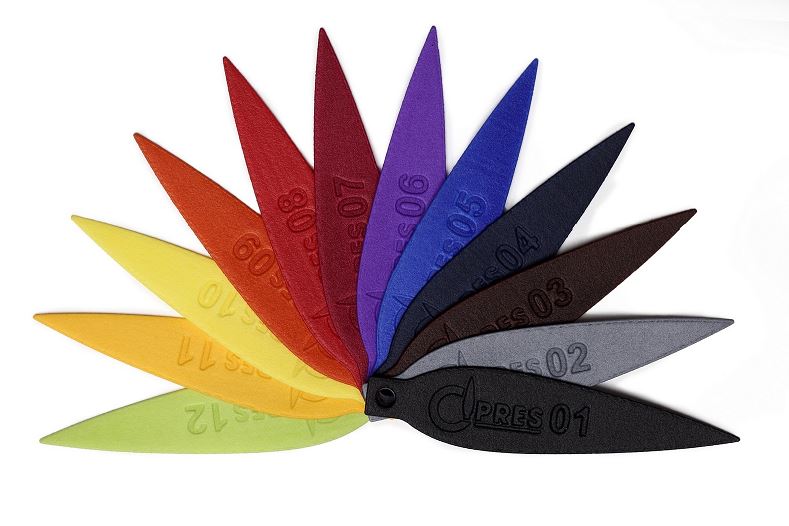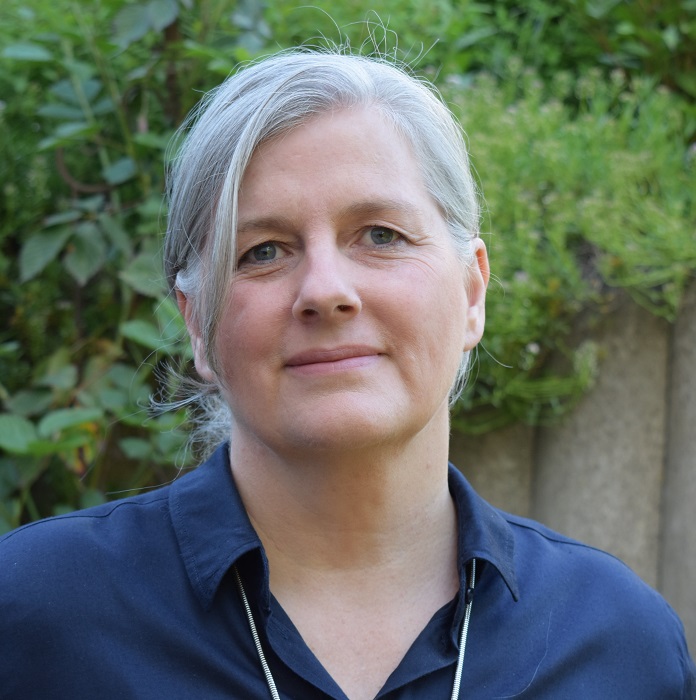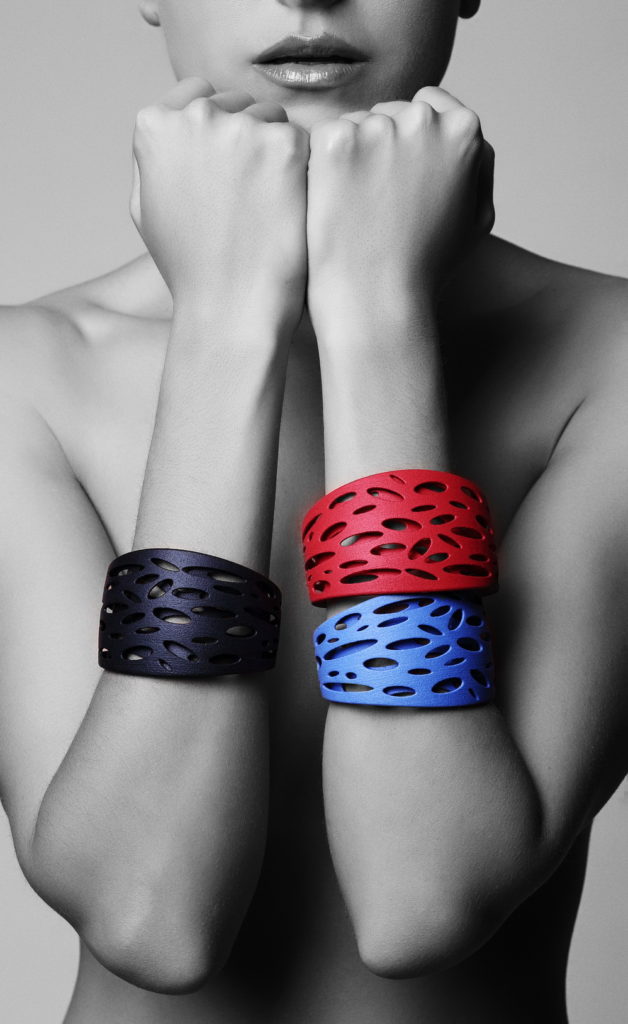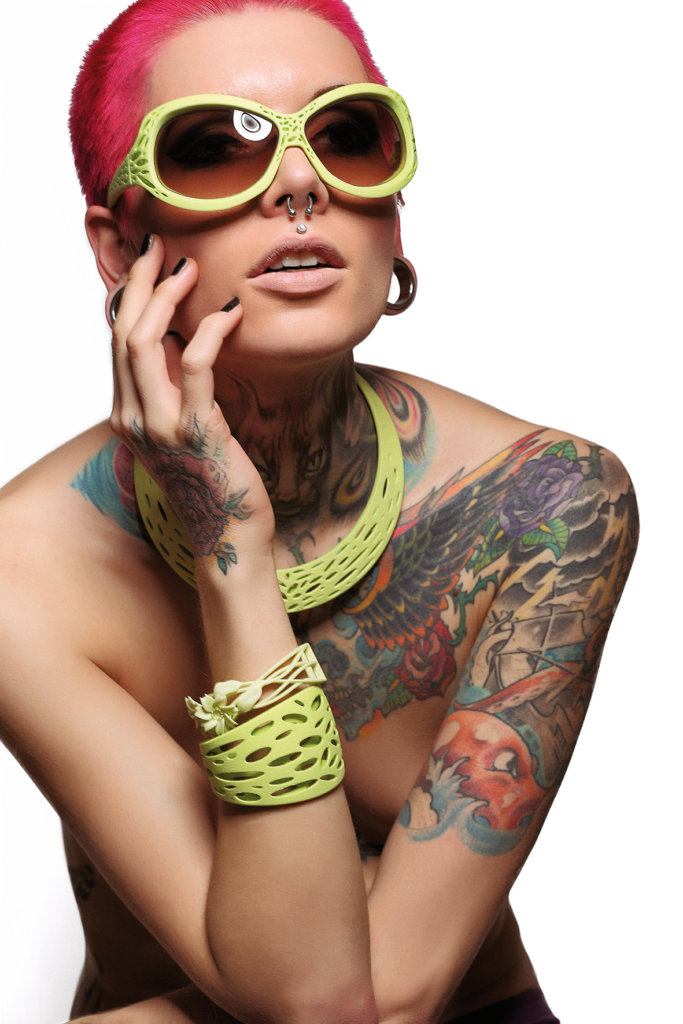Over time, I came to realize one thing about those who are passionate about Additive Manufacturing. When they are working for a leading company of the industry, they will end up creating a spin-off company from the company they are working for or they will create a standalone company and provide dedicated services to the AM industry. One Click Metal, AMCM GmbH are a few examples of start-ups that started their journey when their managing directors were working for leading AM companies. Thereafter, they end up creating a spin-off from these companies. Nevertheless, the story of Ingrid Prestien is different.
Twenty-five years ago, she used to work at EOS GmbH, then she got married, moved to another city but did not want to quit Additive Manufacturing. Together with her husband, Carlos Prestien, they started their own company, CIPRES Technology Systems. We are then at the beginning of the 2000s, in 2004 precisely.
“The beginnings were very tough. When we started printing laser sintering prototypes for companies, no one was interested in colouring parts. No one was using a dyeing process for coloring parts. Everyone was talking about serial production, but every time we started a project with a customer, we realize that the market was still very small. It’s only five years later, in 2009, that the market became aware of the necessity of this solution for certain applications. Over time, we have extended our portfolio to provide dyeing machines but also 3D printing dedicated services for this step of the post-processing stage”, Prestien told 3D ADEPT Media.
The complexity of colouring for 3D printed parts
Today, Prestien and her team develop dyeing machines for 3D printing. They founded CIPRES GmbH in 2018 and together with Thies GmbH & Co. KG, they start selling coloring units.
Not only does the new company have kept the main name of the first company, but it has also taken over the service area of CIPRES Technology Systems. CIPRES Technology Systems still exists but provides a different range of services today.
However, CIPRES GmbH does not sell colours, they provide the recipes, for the exact colouring of every part. With a key focus on the European market, and in addition to 3D printing services that are mainly delivered with laser sintering technology, the company also prides itself on providing a comprehensive suite of finishing services for “polymers and non-metals components”. They include for instance, surface levelling, chemical smoothing, tumbling, colouring, infiltration, UV protection and paintwork.

However, when it comes to Additive Manufacturing, “the application that requires colouring the most is eyewear. Other applications include medical parts and some jewellery. Certain automotive parts may require colouring but experts from these industries are not 100% sure yet about 3D printing. Currently, most manufacturers are not sure about the long-term properties of materials – if the materials will always deliver the same quality, touch or rendering to the parts in the long run. Another reason that raises this uncertainty when it comes to colouring is that when the colour is black, there is no problem but if the part requires special colours or different colours, then it becomes problematic because many companies are not happy with the quality. The ideal running market in serial production is “print & colour” but if you need to do tumbling, chemical smoothing, etc. It should be noted that there are many steps in-between, which are not always automated. And all of this often makes the post-processing step very expensive”.
Focus on a key example: the colouring process of 3D printed eyewear

While AM is increasingly being used for small series, Prestien takes the example of nylon 3D printed parts (produced with PA11) to explain the various steps that lead to colouring.
In an industrial environment, certain requirements need to be met to ensure a smooth and long-term colouring of the 3D printed parts. Frames for instance, are among the most produced 3D printed parts using SLS technology. This means that, to be marketed, colouring is not only pivotal, but the process should be reproducible, consistent and should be undertaken in a toxic-free and ecological environment. In the end, the coloured 3D printed parts should withstand weather, and other chemical conditions.
To achieve this stage, it should be noted that, right after the part comes out of the 3D printer, the operator should first achieve “surface leveling. This step consists in cleaning the parts and removing all powder residues that may remain on the part. This task is made possible using Rösler’s technology. Right after this stage, we move to vibratory grinding. This step is not always performed for every application but it is a “must-do” for eyewear frames. Here, the products are processed with the grinding media and tumbling paste by a rotating vibration of the vibrating container. Thereafter follows chemical smoothing. For this process, we used AMT’s technology. We have been one of the first beta customers that tested this machine when the company officially launched its products on the AM market” Prestien outlines.
As explained several times on our online media, the process of vapor smoothing exposes a part to vaporized solvents for a few seconds that melt its outer layer to give it a smooth and glossy finish. Parts produced from rigid, flexible, and composite subsets, such as polyamide, thermoplastic polyurethane, and glass filled derivatives as well as newly announced polypropylene can be processed by this solution. According to CIPRES GmbH, the solution is also particularly suitable to reduce surface roughness of parts made with PA2200.
“Thereafter comes the colouring process. Originally, from the textile industry, the dyes are powdery, water-soluble solutions. While their ideal quantity is calculated over the surface of the components, the 3D printed parts are coloured with a pH of 4.5 and can be dyed at 60°C and up to 130°C. The dyeing process is relatively short and may require between 20 minutes up to 2 hours. This time depends on the dye, assuming that it should penetrate up to 0.3 mm deep into the part. The coloured components therefore deliver good abrasion resistance and retain their mechanical properties”, our guest in this Opinion of the Week told us.
All parts are coloured using the company’s industrial dyeing machine. Named eCOLOR, this solution has been designed for serial production of 3D printed parts. Compatible with SLS and MJF, it can run at operating temperatures of up to 140 °C. With a packing diameter of 310 mm and packing height of 500 mm, the basic machine is equipped with flexible loading system for small (8 ltr.), medium (19 ltr.) or large (31 ltr.) batch sizes and can cover standard production capacities up to 37 litres.

“We only use the required quantity for colouring 3D printed parts. This means that since we calculate upfront the exact quantity of dyes, the customer needs for every colouring, the machine delivers very little waste in production”, the Managing Director ensures.
And now…?
As the industry is increasingly moving towards customization of 3D printed parts, CIPRES GmbH will need bigger printing capabilities. The company is currently “assessing all 3D printers in the market and is looking forward to discovering new 3D printers, new material capabilities in order to enhance their clients’ demands.”
“Like we currently do with Thies GmbH & Co. KG,we will welcome the opportunity to collaborate with AM solutions’ providers that deliver anything that can add value to 3D printed plastic parts. The market is growing and we need to be prepared for that”, Ingrid Prestien concludes.
Remember, you can post job opportunities in the AM Industry on 3D ADEPT Media free of charge or look for a job via our job board. Make sure to follow us on our social networks and subscribe to our weekly newsletter : Facebook, Twitter, LinkedIn & Instagram ! If you want to be featured in the next issue of our digital magazine or if you hear a story that needs to be heard, make sure to send it to contact@3dadept.com




